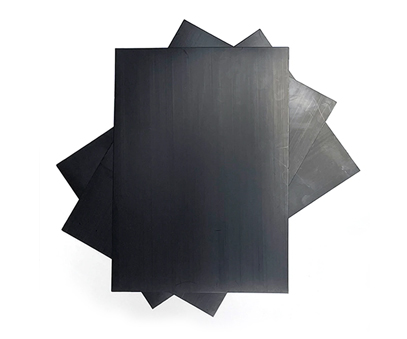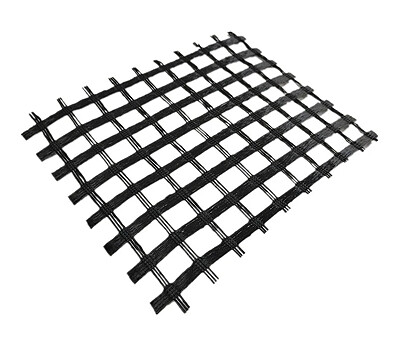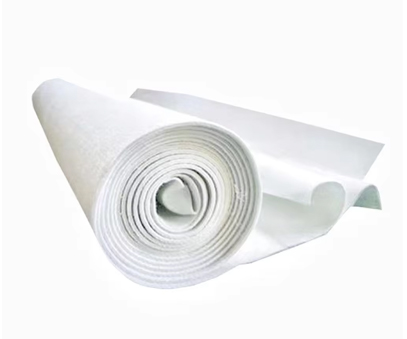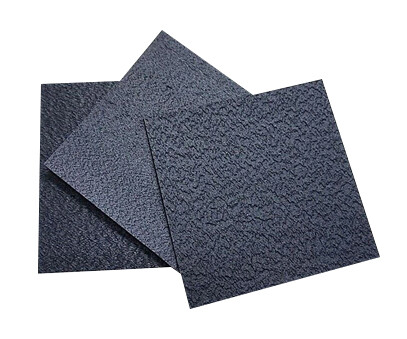Geomembrane
Category
Featured Products
Contact us
Geomembrane
Composite geomembrane
Composite geomembranes combine the advantages of geotextiles and geomembranes. Geomembranes themselves have extremely low permeability and can effectively prevent liquid infiltration, ensuring reliable anti-seepage function in various environments. For example, they can prevent pollutant leakage and water resource loss in projects such as landfills and reservoirs.
Tel : +86 15376152730
Whatsapp : +86 15376152730
Email :info@dingrunmaterial.com
Product Description
Composite geomembrane is made by combining geotextile and geomembrane through thermal compounding or adhesive bonding processes.
Composite geomembranes have various outstanding advantages. Firstly, it combines the reinforcement effect of geotextiles with the anti-seepage performance of geomembranes, making it more versatile in engineering applications. Geotextiles can enhance the tensile strength of composite geomembranes, preventing them from being stretched and damaged during construction and use, while geomembranes provide reliable anti-seepage barriers.
Secondly, the composite geomembrane has good corrosion resistance and anti-aging performance, and can work stably for a long time under harsh environmental conditions.
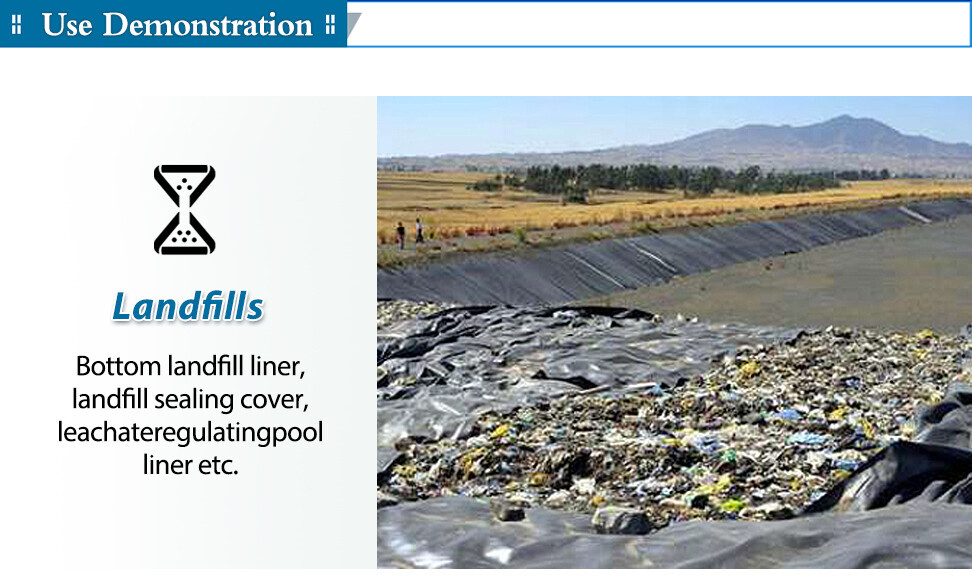
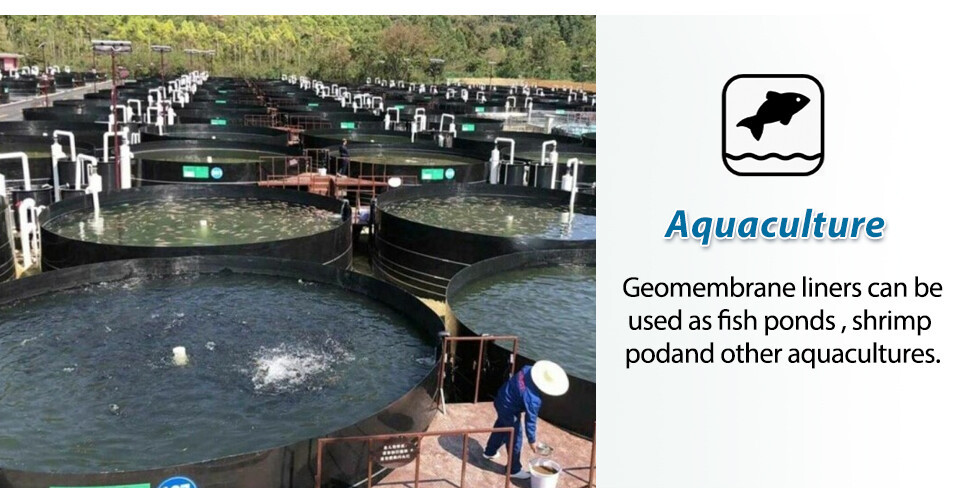
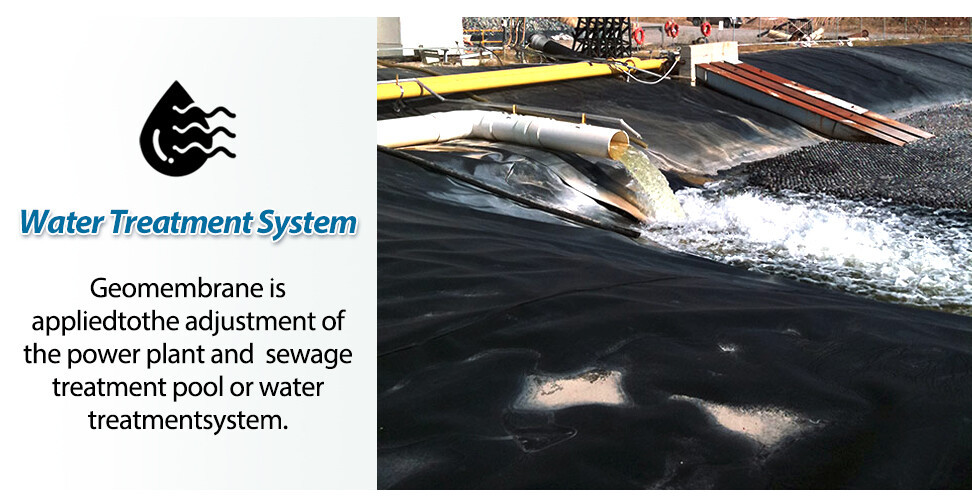
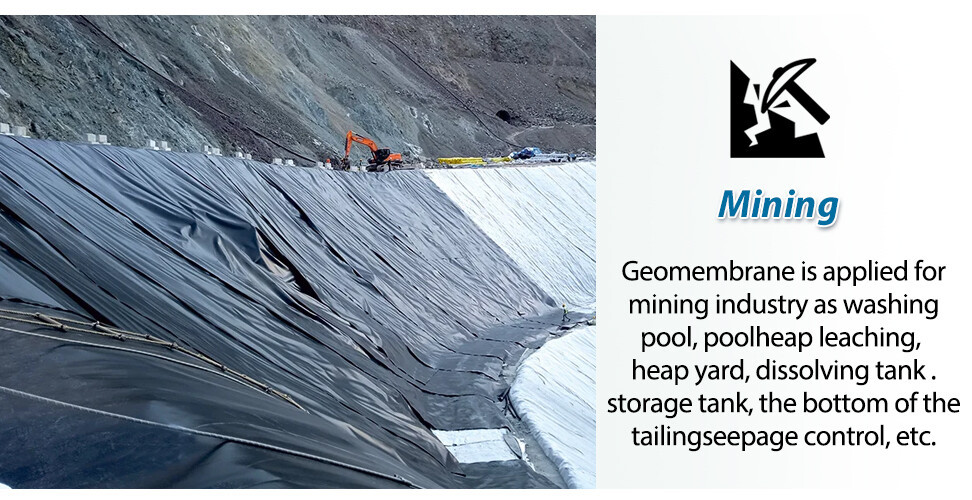


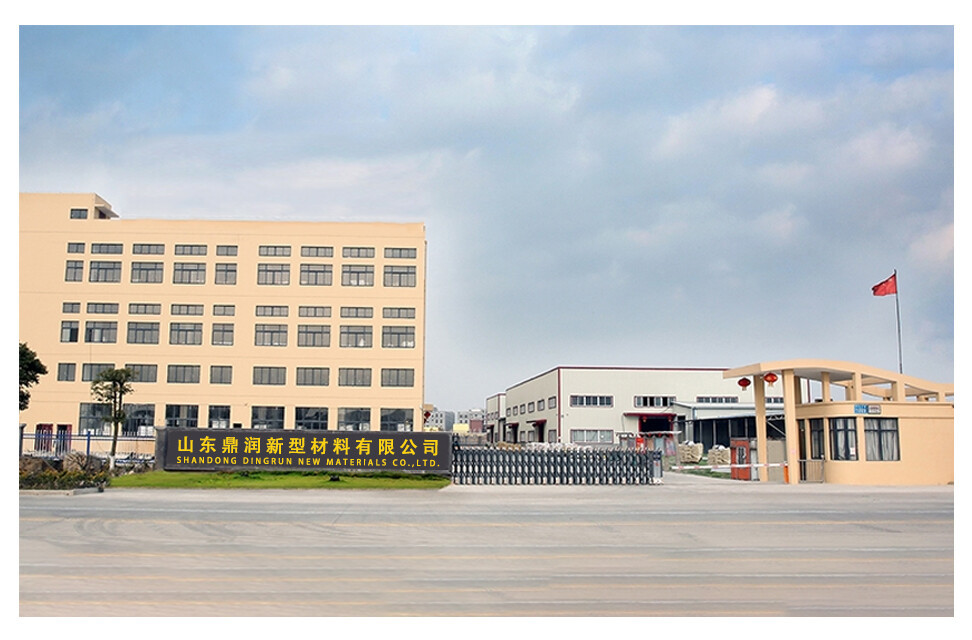
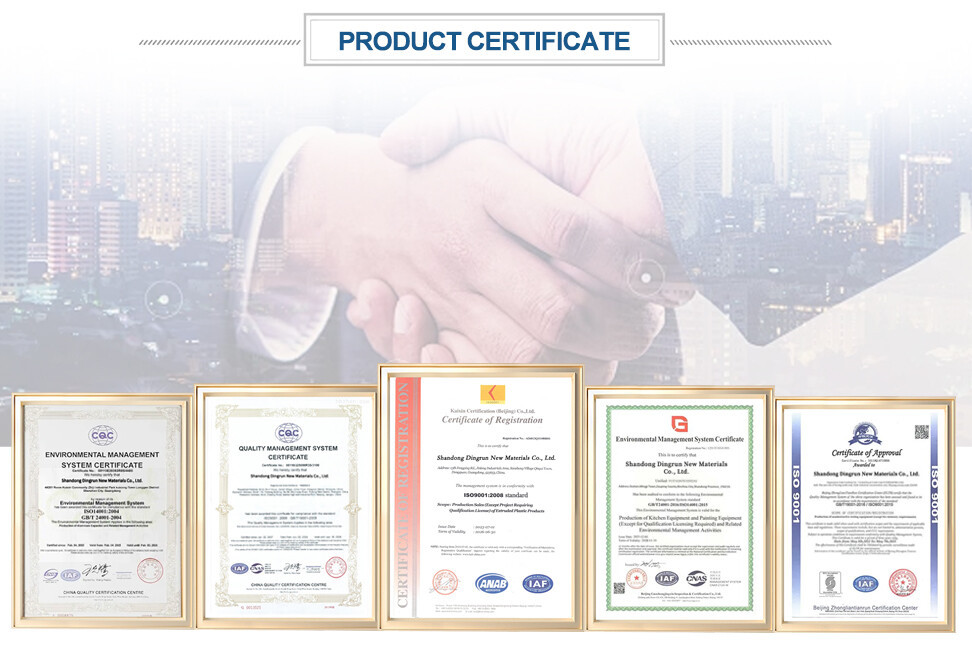
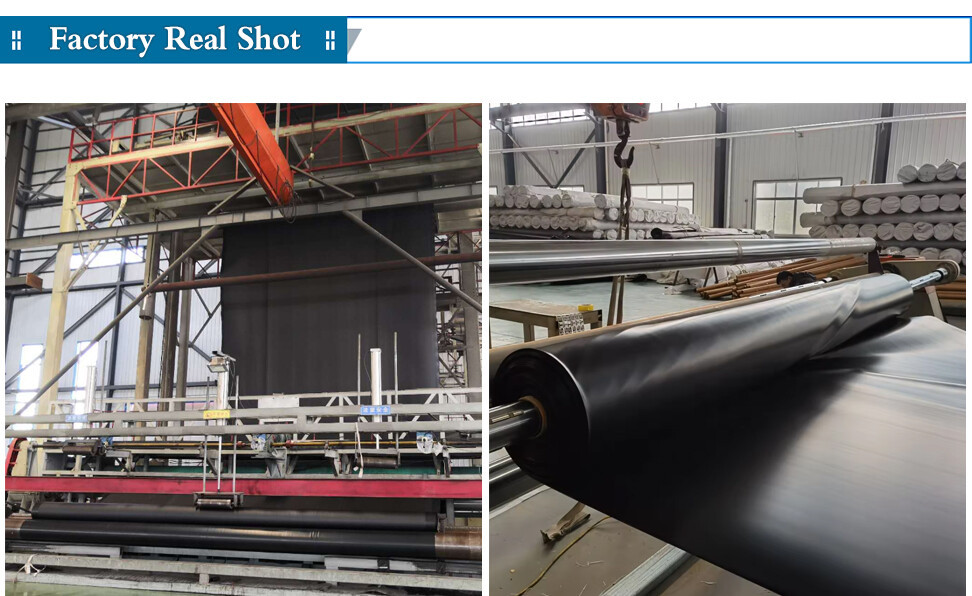
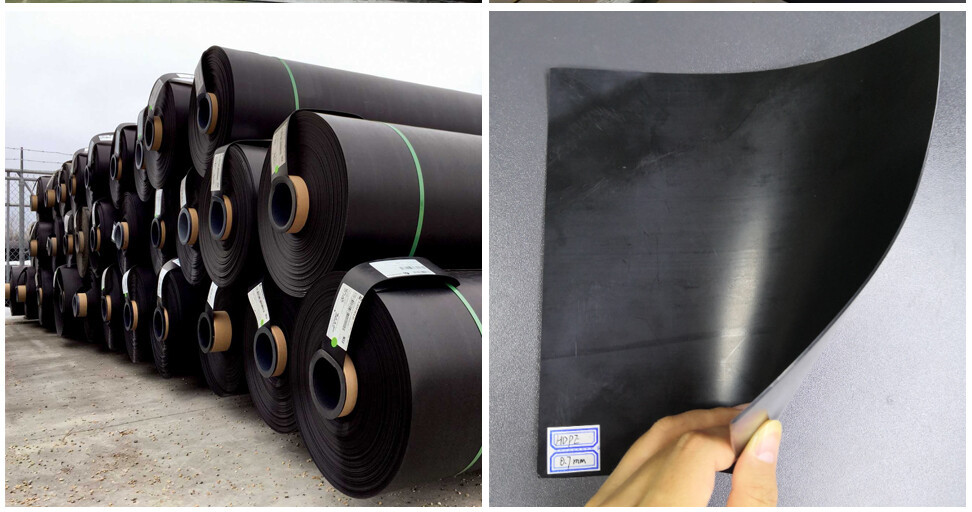
Products Recommended
 HDPE dam lining, fish pond geomembraneGood impermeability: effectively preventing water leakage.
HDPE dam lining, fish pond geomembraneGood impermeability: effectively preventing water leakage.
High chemical stability: resistant to corrosion by chemical substances such as acid and alkali.
High strength: able to withstand certain stress and pulling.
UV resistance: prolongs the service life.Read More HDPE rough geomembraneHigh friction coefficient: can enhance friction with slopes and other surfaces, with good stability.
HDPE rough geomembraneHigh friction coefficient: can enhance friction with slopes and other surfaces, with good stability.
Good impermeability: effectively preventing liquid leakage.
Strength and toughness: possessing high strength and good toughness.Read More
Message
GET IN TOUCH
Contact With us

